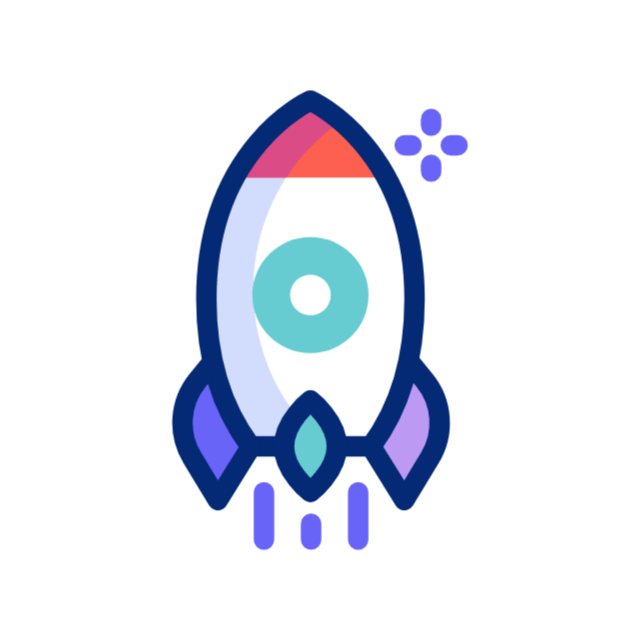In the digital age, choosing the right social media platform can make or break your marketing strategy. Among the most dominant platforms are Facebook and Instagram—both owned by Meta, but with unique audiences, features, and benefits. As a business owner, understanding the strengths and weaknesses of each can help you maximize your brand visibility, engagement, and conversions.
In this blog, we’ll dive deep into the differences between Instagram and Facebook for business, helping you make the right decision based on your goals, audience, and content style.
🔍 A Quick Overview of Facebook & Instagram
Launched in 2004, Facebook has over 2.9 billion monthly active users. It offers an extensive set of tools for businesses, including:
- Business pages
- Facebook Shops
- Events
- Groups
- Marketplace
- Advertising tools
- Detailed analytics
Instagram, launched in 2010, is a visual-first platform with over 2 billion monthly users, primarily popular among younger demographics. It focuses on:
- Photo and video sharing
- Stories
- Reels
- Shopping features
- Influencer collaborations
🎯 Audience Demographics
Understanding who uses each platform is essential to target your content effectively.
Facebook Audience:
- Age: 25–55+
- Gender: Balanced male/female split
- Ideal for: B2C, B2B, local services, community-driven content
- Regions: Popular globally, especially in India, the US, and Southeast Asia
Instagram Audience:
- Age: 18–35
- Gender: Slightly female-dominated
- Ideal for: Fashion, beauty, fitness, travel, food, influencers
- Regions: Strong presence in urban areas and among Gen Z/Millennials
📝 Tip: If your product targets younger audiences or relies on visual appeal, Instagram is ideal. If you’re targeting a broader, older audience or promoting local services, Facebook works better.
🧰 Features & Functionality
Facebook Features:
- Business Pages: Comprehensive business profiles with reviews, contact info, services.
- Facebook Ads Manager: Advanced targeting and retargeting.
- Facebook Groups: Great for building communities.
- Messenger: Direct customer support and automation.
- Event Creation: Perfect for webinars, live events, or launches.
Instagram Features:
- Instagram Reels & Stories: High engagement content formats.
- Instagram Shopping: Tag products in posts and stories.
- Link in Bio Tools: Drive traffic from posts.
- Influencer Integration: Easy collaboration with creators.
- Live & Broadcasts: For product launches and behind-the-scenes content.
🎯 Verdict: Instagram is a powerhouse for brand awareness and visual storytelling. Facebook is better suited for detailed customer engagement and community building.
📈 Advertising Potential
Meta allows you to run cross-platform ads, but the results vary depending on where your audience is most active.
Facebook Ads:
- Cost-effective for large audiences.
- Better for long-form copy, lead generation, and detailed targeting.
- Includes placements in Marketplace, Stories, Messenger, etc.
Instagram Ads:
- Better for visual ads (Reels, Stories).
- Ideal for brand visibility, influencer marketing, and e-commerce.
- Higher engagement but slightly more expensive per click (CPC).
📊 Pro Insight: Facebook ads generally have higher conversion rates for service-based businesses, while Instagram ads shine in product sales and lifestyle branding.
📲 Content Type & Strategy
Your content strategy should align with how users interact with the platform.
Facebook Content:
- Long-form posts
- Articles and links
- Polls, quizzes, and community posts
- Live videos and event promos
Instagram Content:
- Aesthetic photos and short videos
- Reels and behind-the-scenes content
- Stories with polls, questions, and interactive stickers
- Influencer content and trending audio
💡 Key Tip: Use Facebook for educational, community-driven content. Use Instagram for high-quality visuals, storytelling, and trends.
🛒 E-commerce & Sales Features
Both platforms are equipped with shopping capabilities, but they function slightly differently.
Facebook Shopping:
- Full-fledged Facebook Shop with checkout
- Seamless integration with WhatsApp & Messenger
- Easy for older users to navigate
- Better for product descriptions and bulk listings
Instagram Shopping:
- Shoppable posts, stories, and reels
- Product tags in content
- Ideal for impulse purchases
- Limited to mobile users
🛍️ Bottom Line: If you’re targeting mobile-savvy consumers for quick purchases, go for Instagram Shopping. For detailed listings and older shoppers, Facebook Shop is superior.
🧠 Analytics & Insights
Facebook Insights:
- Detailed metrics on engagement, audience behavior, ad performance
- Page vs post-level insights
- Ideal for data-driven decisions
Instagram Insights:
- Easy-to-understand visual data
- Tracks interactions, reach, and saves
- Better for monitoring short-term campaigns and influencer performance
📉 Insight: Facebook provides in-depth analytics, especially useful for long-term planning. Instagram excels at visual performance data and short-term engagement tracking.
🕒 Organic Reach & Algorithm
Facebook:
- Organic reach has declined over time.
- Boosted posts and ads are often necessary.
- Groups help maintain organic engagement.
Instagram:
- High organic reach potential, especially with Reels.
- Hashtag strategy can boost visibility.
- Trending content and consistency matter a lot.
🚀 Growth Hack: Use Instagram for organic growth with reels and trends. Use Facebook with a paid strategy for broader reach and engagement.
🤝 Community Engagement
Facebook:
- Best for discussions, comments, and group interaction
- Suitable for B2B and service-based industries
Instagram:
- Comment sections, DMs, story replies
- Better for influencer culture and brand buzz
📣 Community Building: Choose Facebook to build a loyal, engaged community. Use Instagram to build a cool, visual brand image.
💼 Which Platform Is Right for Your Business?
Here’s a quick comparison table:
| Feature | ||
|---|---|---|
| Audience Age | 25–55+ | 18–35 |
| Ideal Business Type | Local, B2B, community services | Fashion, beauty, lifestyle brands |
| Best Content | Text, links, events, groups | Reels, photos, stories |
| Advertising | Detailed targeting, low CPC | Visual appeal, high engagement |
| E-commerce | Facebook Shops | Instagram Shopping |
| Community | Groups, comments | Stories, influencer partnerships |
| Organic Reach | Low without boosting | High (especially with Reels) |
🧭 Final Thoughts
Both Instagram and Facebook offer unique strengths for businesses. Your choice should depend on your:
- Business goals (branding vs. community building)
- Target audience (age, interests, demographics)
- Content type (text vs. visuals)
- Advertising budget
In many cases, the best strategy is to use both platforms together, leveraging their combined power through Meta’s ad tools, cross-posting, and analytics. While Instagram drives visibility and engagement, Facebook builds deeper relationships and conversions.
✅ Key Takeaways
- Use Instagram if your business relies heavily on aesthetics, trends, or influencer marketing.
- Use Facebook if you want to build communities, share detailed content, and target a wider age range.
- Combine both for a full-funnel strategy: Instagram for awareness and Facebook for conversion.
Need help managing your Facebook or Instagram marketing?
📩 Contact WebMarkitors for expert social media strategies, content creation, and ad campaigns tailored to your business goals.

